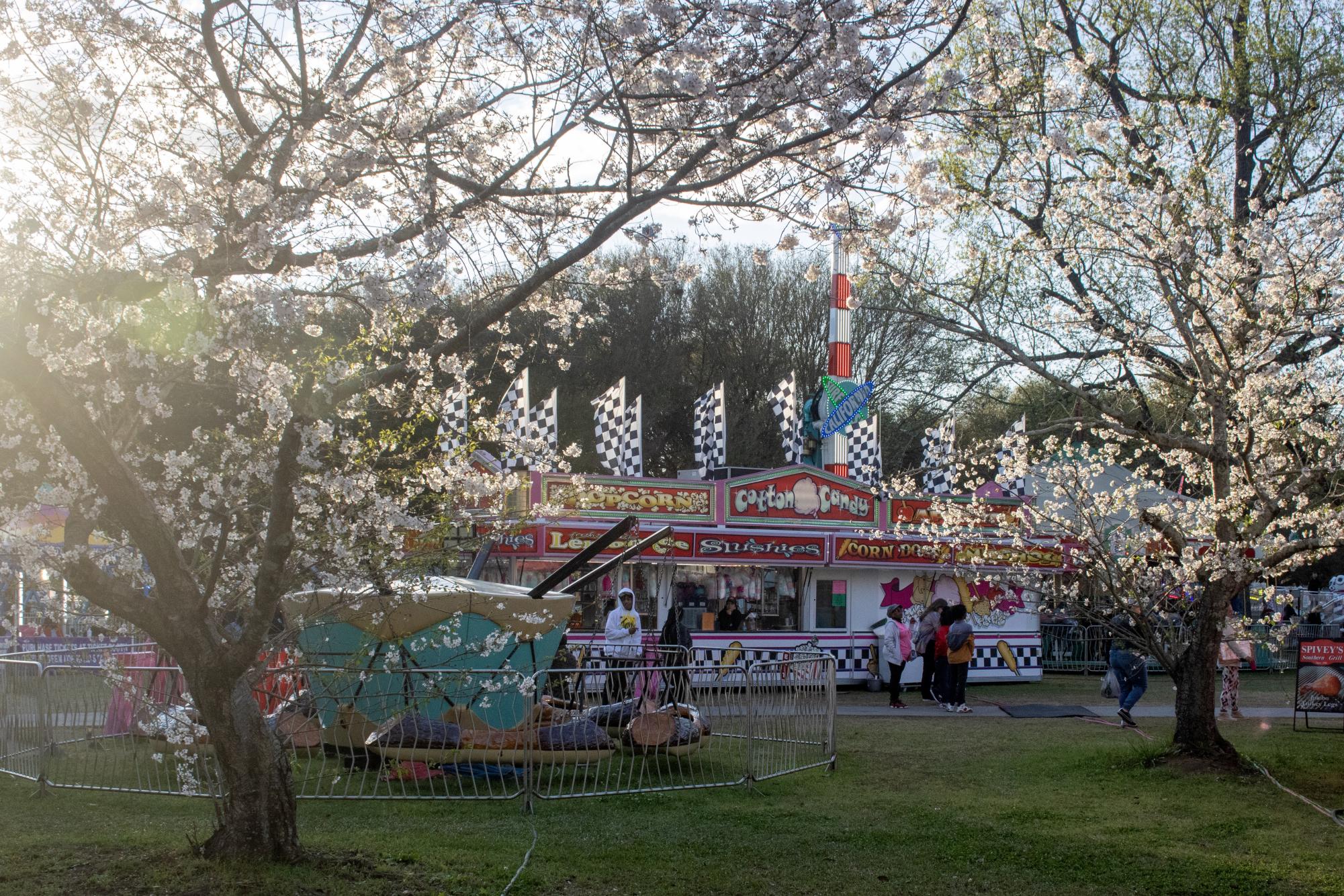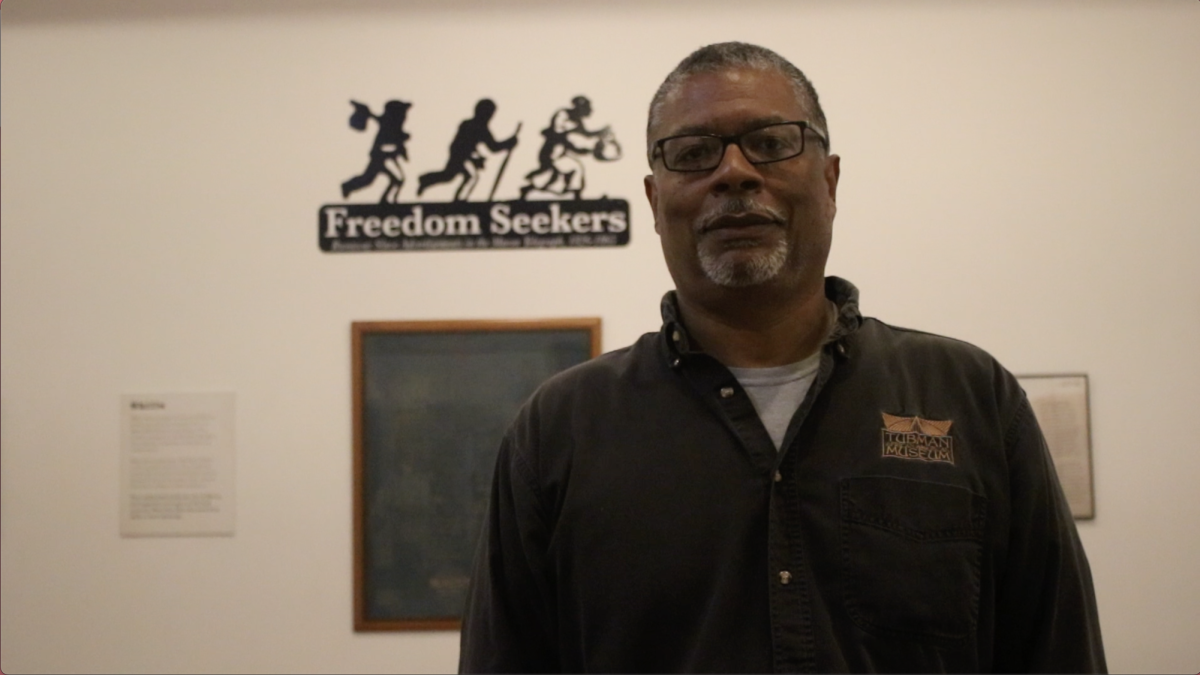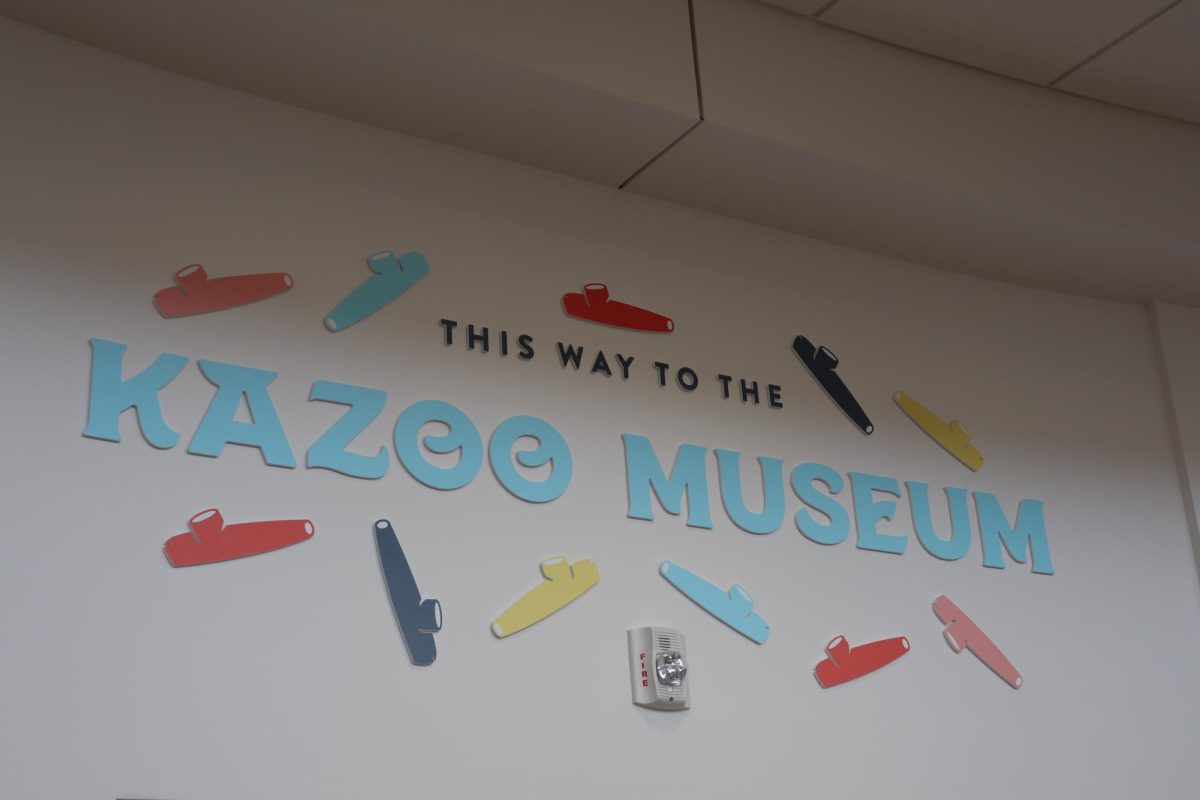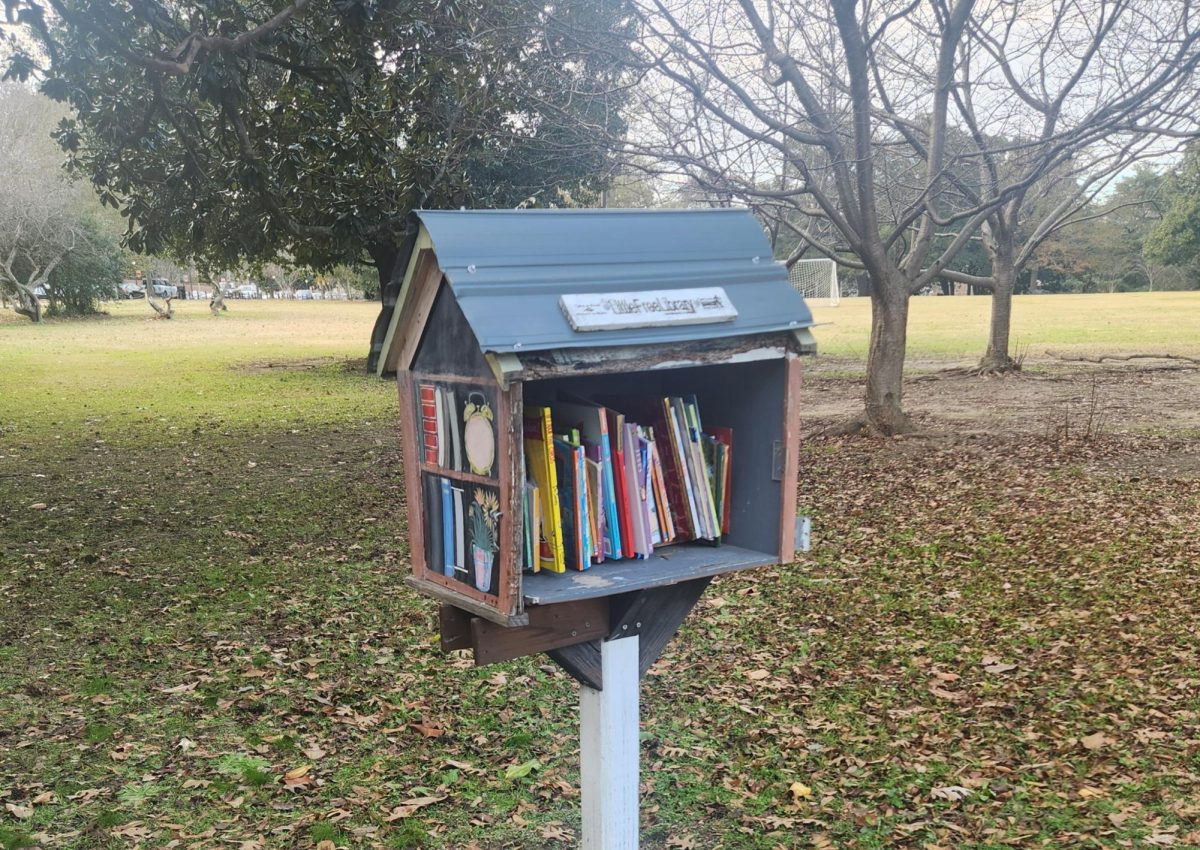March rolls in and the air gets warmer, and the community waits on bated breath to see the pink cherry blossom trees that line the streets finally bloom after a long winter. How long will they get to savor the beautiful bloom throughout the community? To answer this question, one must go back to the early history of the Yoshino trees, to when they first appeared in Macon. They must learn about William Arthur Fickling Sr. who is known as the father of Macon’s cherry blossoms.
Fickling had hired a landscaper for his front yard in 1949 with the plan that had called for a dogwood tree. He was surprised when pink blooms erupted from the tree instead of the stark, white blooms that are a trademark of dogwoods. Shortly after while on a trip to Washington, D.C. in 1952, he came face to face with another Yoshino cherry blossom tree and realized exactly what treasure grew in his front yard. He returned to Macon and acted as Macon’s very own Johnny Appleseed by spreading the Yoshinos all around the community freely, developing a vibrant, populated mecca for Yoshino trees that has earned Macon international recognition.
“We call it an act of God,” William Fickling III, the great-grandson of William Fickling Sr. said.
The Fickling family has since carried on their family legacy by taking a role in the cherry blossoms in Macon. William Fickling III and his family have all continued to fund the trees and give them away. What started as 10,000 Yoshino trees in the community under William Fickling Sr. has grown to over 350,000 Yoshino trees. These efforts were championed by the Ficklings and other prominent community figures like Carolyn Crayton, who founded the International Cherry Blossom Festival.
After learning about the Yoshino trees that grew in his yard, Fickling Sr., a skilled horticulturist and camelia gardener, took detailed records of the bloom times of the cherry blossoms every year and other information in a journal that is still used to this day to predict the blooms. He recorded these for decades starting in 1968, often predicting average peak bloom times and end bloom times using standard deviations. Today, his data is used to schedule the International Cherry Blossom Festival five years in advance to try to coincide with peak bloom. This is usually around mid to late March and this year coincided with William Fickling Sr.’s birthday on March 23 which is usually a factor considered when scheduling the festival because of the widespread influence he has had spreading the cherry blossoms around the community.
To get the best, most beautiful bloom, cherry blossom trees need enough chill hours in the winter. Chill hours are the number of hours spent below a temperature of 45 degrees. During last year’s bloom in 2023, there was a significant loss of chill hours. The ideal number of chill hours is around 1,000 and 1,200 chill hours, and in 2023 it was 860 chill hours.
“Last year was the warmest first quarter ever recorded, and nature requires a tree to go through that chill time to reset itself,” Wayne Woodsworth, a master gardener in Macon, said.
Consequently, in 2023 many trees didn’t bloom and if they did it was more sporadic than is typical.
Not only have the cherry blossoms had to combat insufficient chill hours, but they have also had to deal with shot hole fungus disease and tree-borer pests due to the mild winters that have been detrimental to their health. Unfortunately, some of the oldest cherry blossoms in Macon have been affected and it won’t be years until this area is restored to its former glory. Due to these trends in climate that make the trees more susceptible to diseases and pests, Keep Macon-Bibb Beautiful is dedicated to the revitalization of the trees.
“We are trying to increase kind of the species diversity that we have around town and also the bloom times vary from different types, so we want to extend the time that they’re blooming by planting some that bloom earlier, some that bloom later, so that there’s always something blooming during the festival, even if they don’t hit the mark on the Yoshino’s,” Laurie Fickling, a descendant of William Fickling Sr. and a board member of Keep Macon-Bibb Beautiful, said.
These efforts are projected to solidify a beautiful cherry blossom bloom every year even if some trees are more successful than others based on the climate and health conditions. This year, graciously, the ideal number of chill hours exceeded 1,200 hours leading to a gorgeous, full bloom.
The cherry blossoms are now a staple of the community, and the festival boost brings major economic benefits to Macon. The economic impact of the Cherry Blossom Festival of 2023 is estimated at almost $5.5 million, exceeding the economic impact of $3.3 million from the festival in 2022. This wouldn’t have been possible without the continuous efforts of the Fickling family, Keep Macon-Bibb Beautiful, Carolyn Crayton and all of the other advocates of the cherry blossoms.









barbara tinsley • Apr 11, 2024 at 4:21 pm
So informative and exceptionally well written! What an upbeat event, now understood and appreciated so much more, as a result of such an article!!!!!